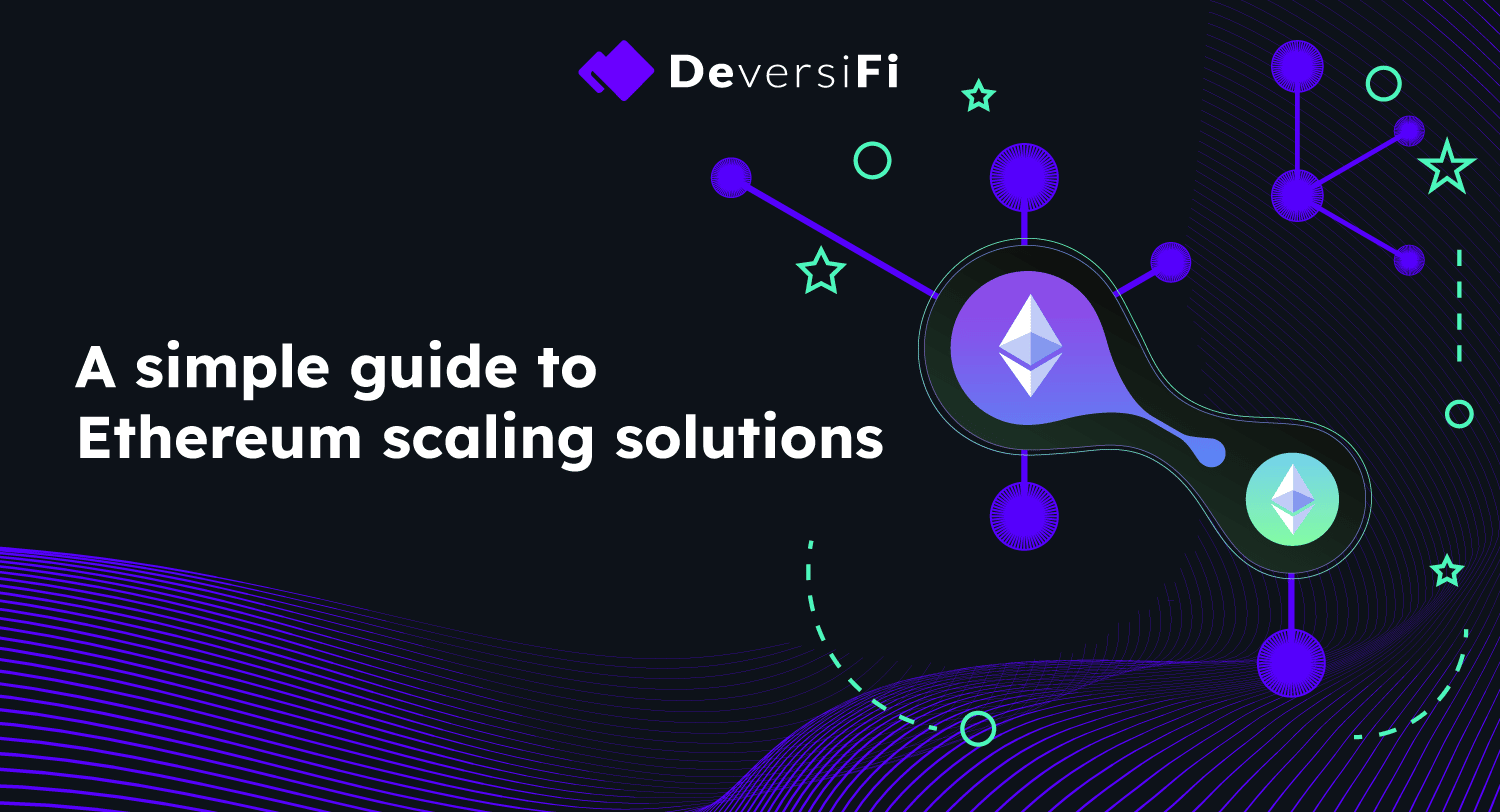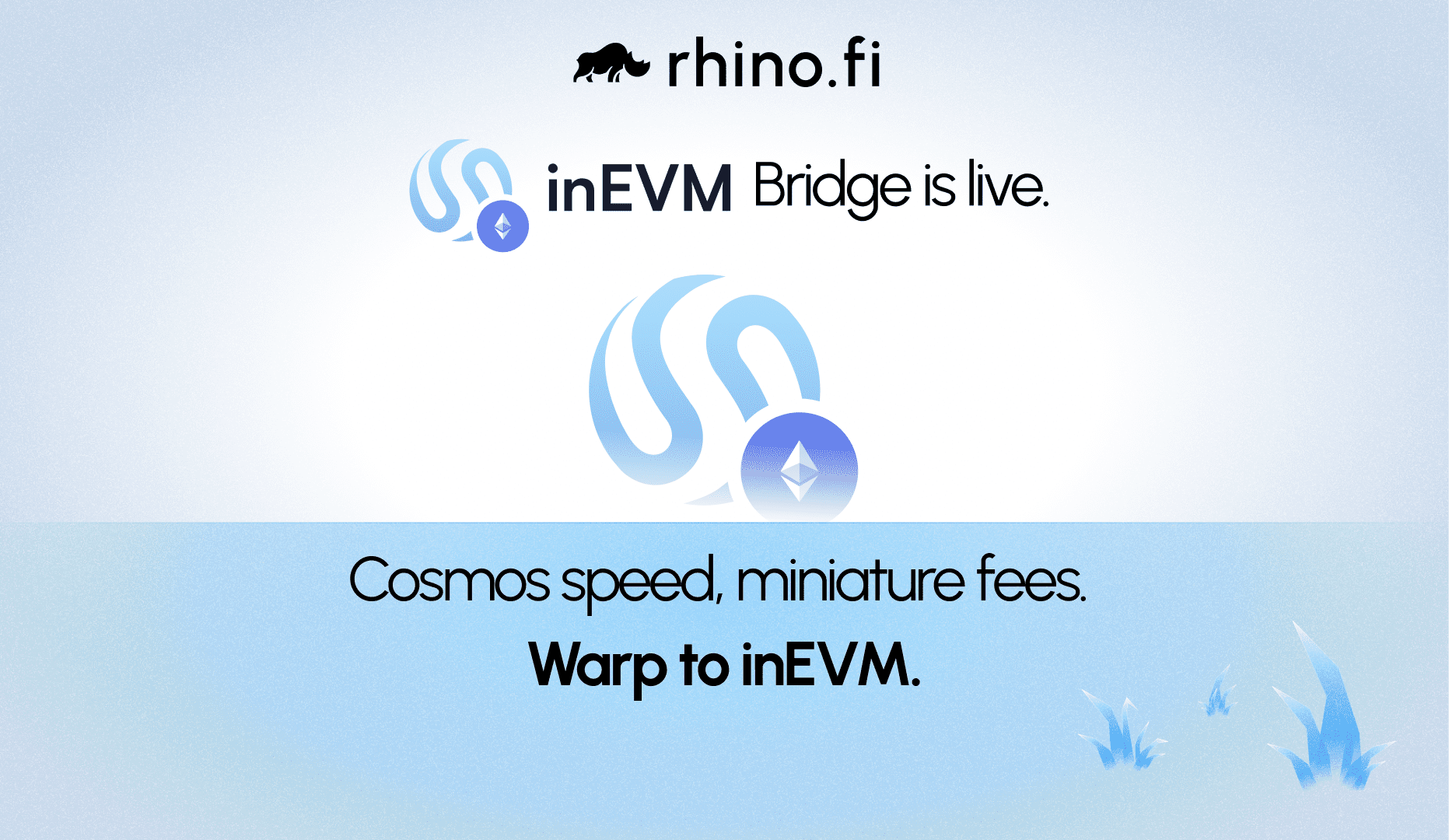Ethereum is facing a fundamental challenge: its own success.
The blockchain has been hit by an avalanche of demand. Its flagship currency, ether, receives over 1.2 million transactions per day – that’s three times as many as bitcoin.
Meanwhile its supporting ecosystem, home to a galaxy of decentralised apps, now has over 500,000 active users.
This is putting big, big strain on the Ethereum network. Its verification technology, which executes the transactions, wasn’t built to cope with this much traffic. Trades often take several minutes to complete, and the gas fees (essentially, the usage charges imposed on each individual process) are spiralling.
But help is at hand. A fleet of new projects have shot up to solve the ethereum scalability challenges, taking users off the main blockchain and providing them with a haven, free from the timelags and expensive fees.
This new band of ethereum scaling solutions, which includes DeversiFi, uses several different routes to process and validate transactions, but they all have the same goal: to remove the bloat on the main network and allow it to realise its full potential.
State channels
What are state channels?
A state channel is a special kind of smart contract, designed to execute off-chain transactions. In these channels, trades and agreements take place in private groups before a record is submitted to the main blockchain.
State channels essentially create a private corner of the blockchain, locked by multisignature contract. The signatories agree to conduct their own transactions and pool responsibility for maintaining their channel, and their interactions can be challenged once they are sent to the main blockchain.
The most common use of state channels is for payments between two parties. But they can be used for a variety of other services too, from managing facilities to playing games, so they offer an extremely versatile solution for ethereum scalability.
How state channels work
First, the state channel members lock their portion of the blockchain by depositing Ether into the multisig contract. This part is called the ‘state deposit’. Once the channel is locked, the participants use private messaging to discuss any updates.
Every single interaction creates a record, called a nonce, which is held off-chain. These records provide a step-by-step breakdown of the channel’s evolution and allow members to go back and retrace any decisions later. However, these nonces are not posted to the blockchain; the participants hold on to them.
Once the channel is completed (for example, if money has changed hands or a game has been won), the members post a final state back to the blockchain, signed by all parties. It’s like a record of what has been done.
The final state can be challenged within a specified time period, so if anyone has any doubts about the validity of the agreement, they can request proof.
How state channels help Ethereum scalability
With state channels, almost everything happens privately: the on-chain transactions are reduced to their absolute minimum. This means the transactions can be processed extremely quickly.
In turn, this means the transaction fees are vastly reduced, which is great for users. When used for payments, state channels allow users to avoid gas fees altogether. This makes using Ethereum more appealing for everyone.
Sidechains
What are sidechains?
A sidechain is an independent project that runs in parallel to the main Ethereum blockchain and is connected by a type of bridge known as a two-way peg.
Although the sidechain operates independently to the main chain, the two sides can exchange assets via the bridge, allowing users to perform transactions on the sidechain and then send them back to the main Ethereum network.
How sidechains work
Both sides of the bridge, between the Ethereum blockchain and its side chains, contain a lock box in which assets can be stored and released.
When a user wants to move assets between the two chains, they have to send their assets to a specific address, which deposits the assets in the lock box (so they can no longer be used). Once the assets are received, a smart contract sends a notification across the bridge.
Upon receipt of this notification, a smart contract on the other side makes an equivalent number of assets available.
How sidechains help Ethereum scalability
Sidechains have faced some criticism, notably for their potential security weaknesses: unlike other ethereum scaling solutions, they don’t inherit their security features from the main Ethereum blockchain, and the critics believe this might increase the risk of hacking.
However, there’s no doubt sidechains are extremely useful for Ethereum, and the people who use it. As well as alleviating the congestion on the main chain, many sidechains are designed to perform particular types of transactions, so they offer invaluable speed to their users.
Plasma
What is Plasma?
Plasma is a framework developed by Ethereum co-founder Vitalik Buterin. Essentially, it allows the creation of ‘child chains’ which are miniature versions of the main Ethereum network and are used to settle basic transactions like swaps and simple transfers. These chains operate autonomously, sending only periodic updates to the main blockchain.
Each chain can be configured for specific uses (for example, they can be designed to host a particular decentralised application) and they use the main Ethereum blockchain to arbitrate any disputes.
How Plasma works
In the Plasma structure, each child chain is connected to the main blockchain using ‘root contracts’, a form of smart contract that contains the new chain’s rules and allows assets to pass from one side to another.
It’s important to note that all assets are created on the main Ethereum blockchain: the child chains can’t create assets themselves. This ensures that malicious actors cannot create dubious or harmful assets off-chain and then pass them back to the main network.
Once the assets have been moved onto the child chain, users can start making transactions. If they are trading, they can move their assets back to the main network after a pre-determined time period.
Plasma transactions are assumed to be valid by default: in other words, there is no validation stage. However, users can challenge the validity of a transaction. In this case, it will be proved on the main blockchain.
How child chains help Ethereum scalability
Because child chains can be configured for different types of platform, and audience, they are ideal for busy apps that are being slowed down by the main blockchain.
What’s more, because they are assumed to be valid, child chains can settle transactions extremely quickly.
Rollups
What are rollups?
Rollups take their name from their approach to scalability. Rather than processing each transaction individually, they ‘roll’ the transactions into bundles and process them in bulk.
Over the last couple of years a galaxy of rollups have burst into life, including DeversiFi. Today, this is arguably the most popular of all Ethereum scalability solutions.
How rollups work
Essentially, rollups take the transactions from layer 1, process them all at once and then post a single record of all the transactions back on the main network.
There are two specific types of rollup, each with its own distinct method of validating transactions.
Optimistic rollups, like Plasma child chains, assume all transactions are valid. They only perform computation in the event of a challenge.
Zero-knowledge , or zk, rollups (including DeversiFi) rely on the ‘proofer’ to provide tiny shards of information, without revealing any key details. Essentially, zk rollups challenge the proofer to show that they know something, but not what they know.
This is an extremely complex technique to explain, but we’ve got a post that explains the differences between optimistic and zk rollups in detail. You can find it here.
How rollups help Ethereum scalability
Both types of rollup are extremely fast: optimistic rollups often skip the computation stage altogether while ZK rollups require only small amounts of information.
At the same time, they’re backed by the robust security of the main Ethereum network, so they offer the best of both worlds (at least, that’s our view!)
Ok, that’s a wrap folks
We hope you’ve enjoyed reading our guide to Ethereum scaling solutions and are leaving this post with a bit more knowledge than you had when you arrived.
Remember, we’re not saying the main Ethereum network is bad here. Quite the opposite, in fact: it’s almost too good, and this means it can’t cope with the demand from its user base.
By meeting the Ethereum scalability challenge, the solutions described in this blog post will allow the network to do what it always intended: provide a fast, low-cost and democratic space for everyone.





